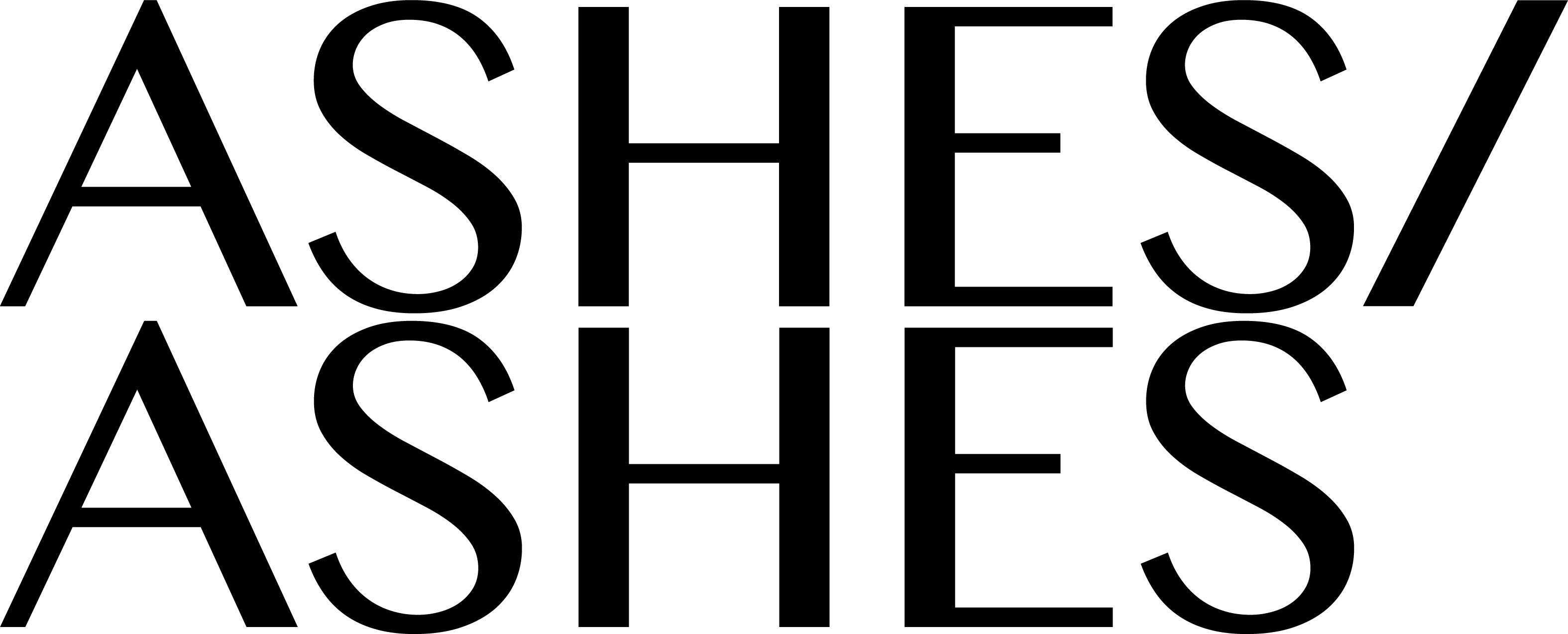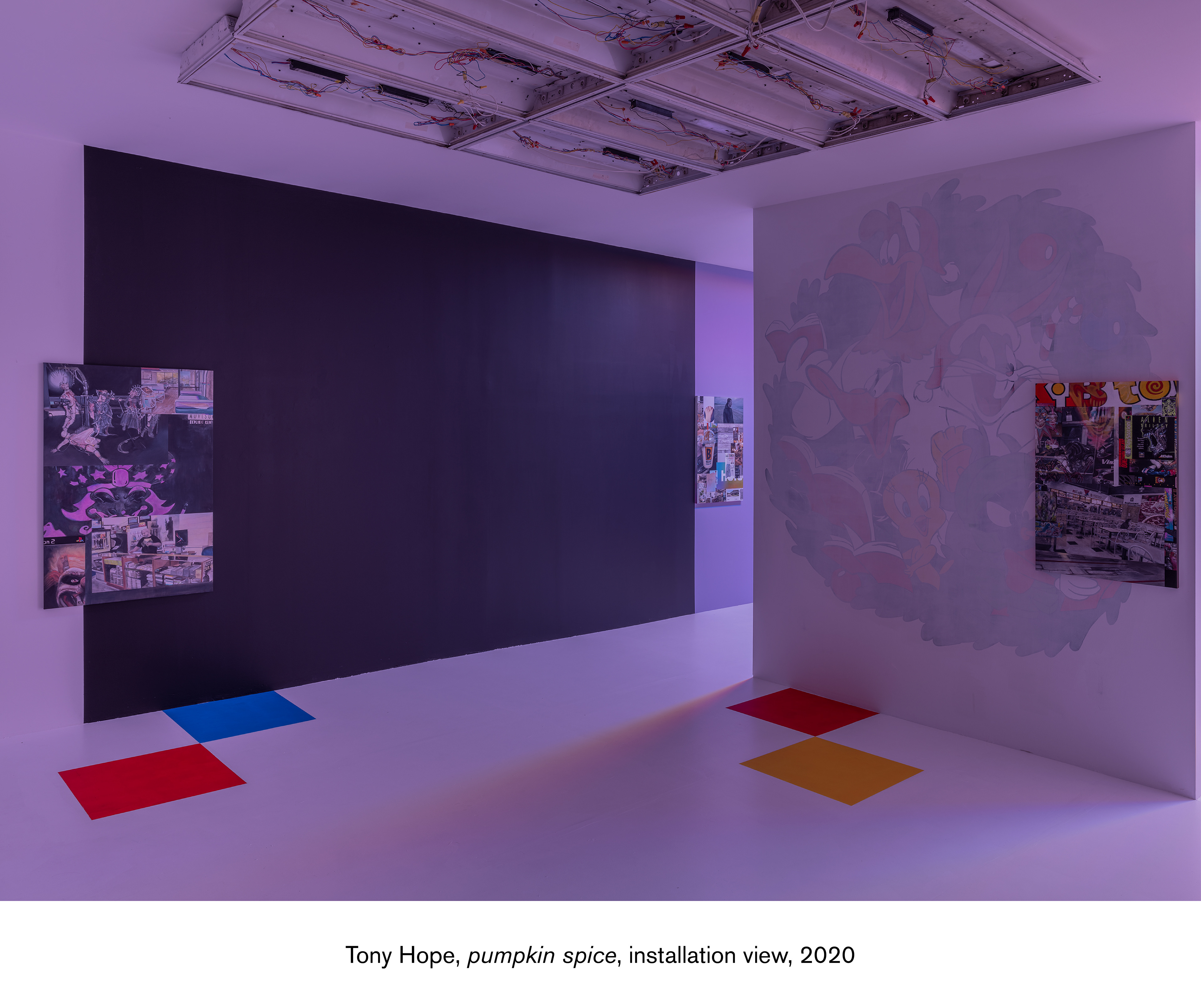
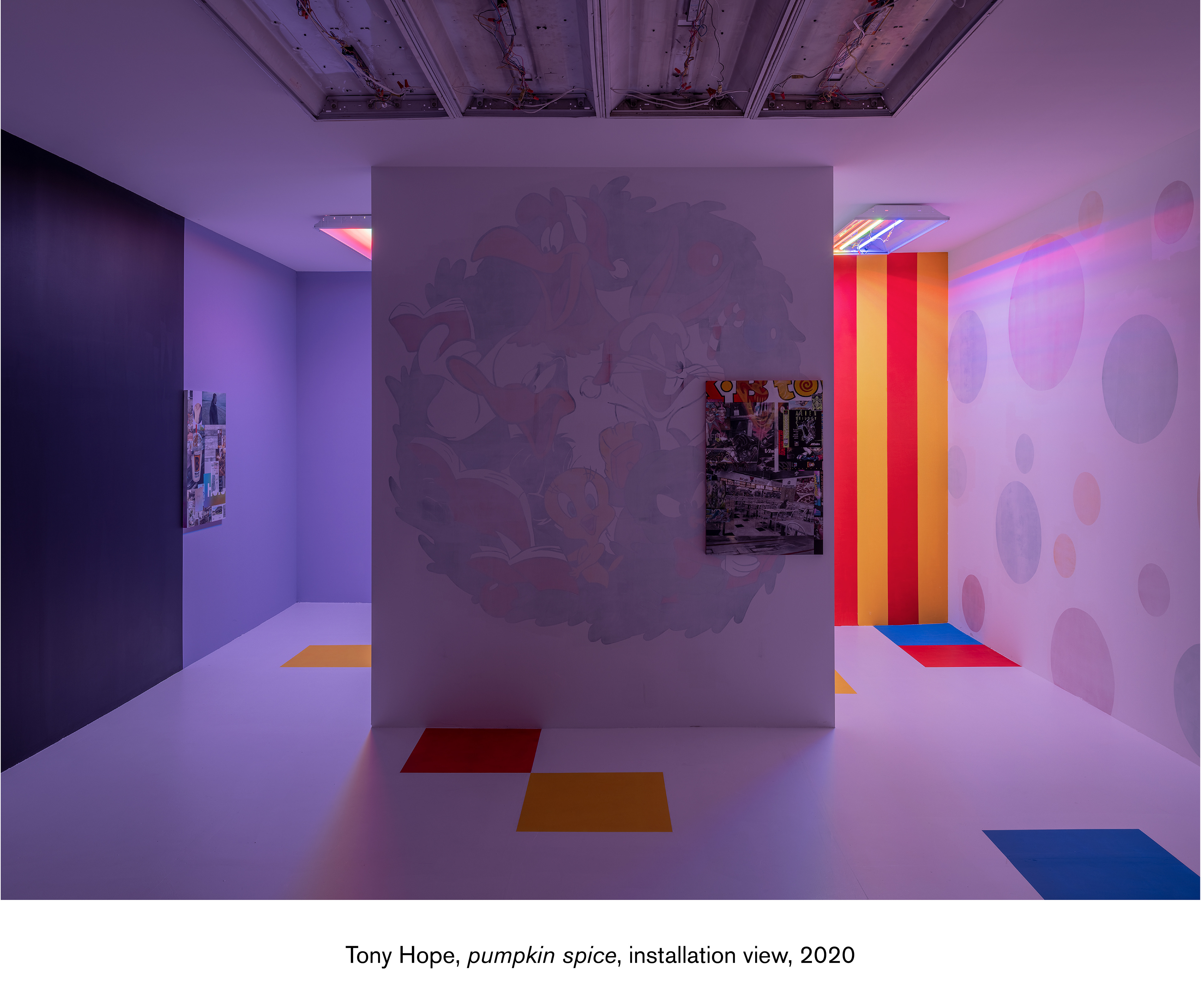
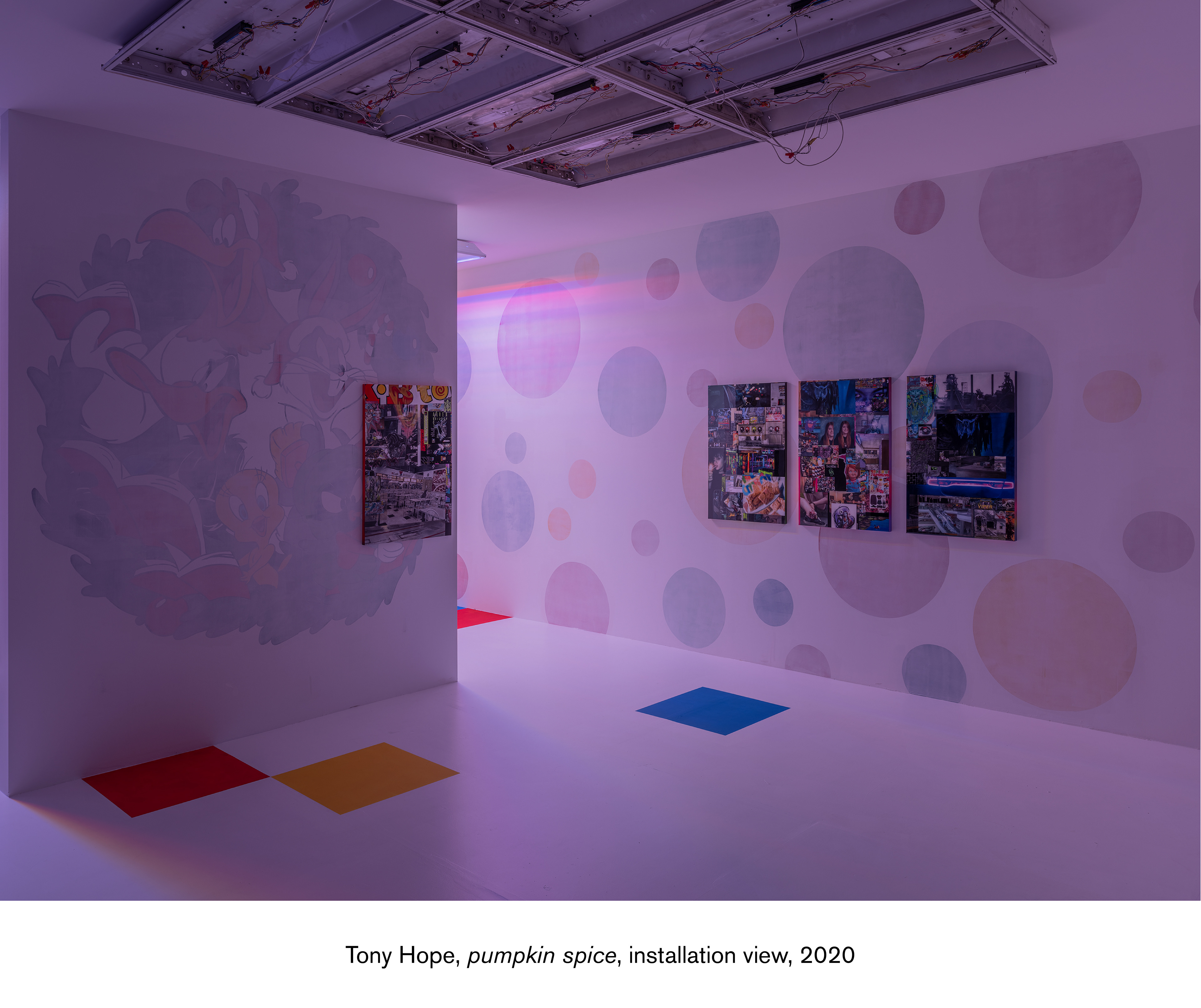
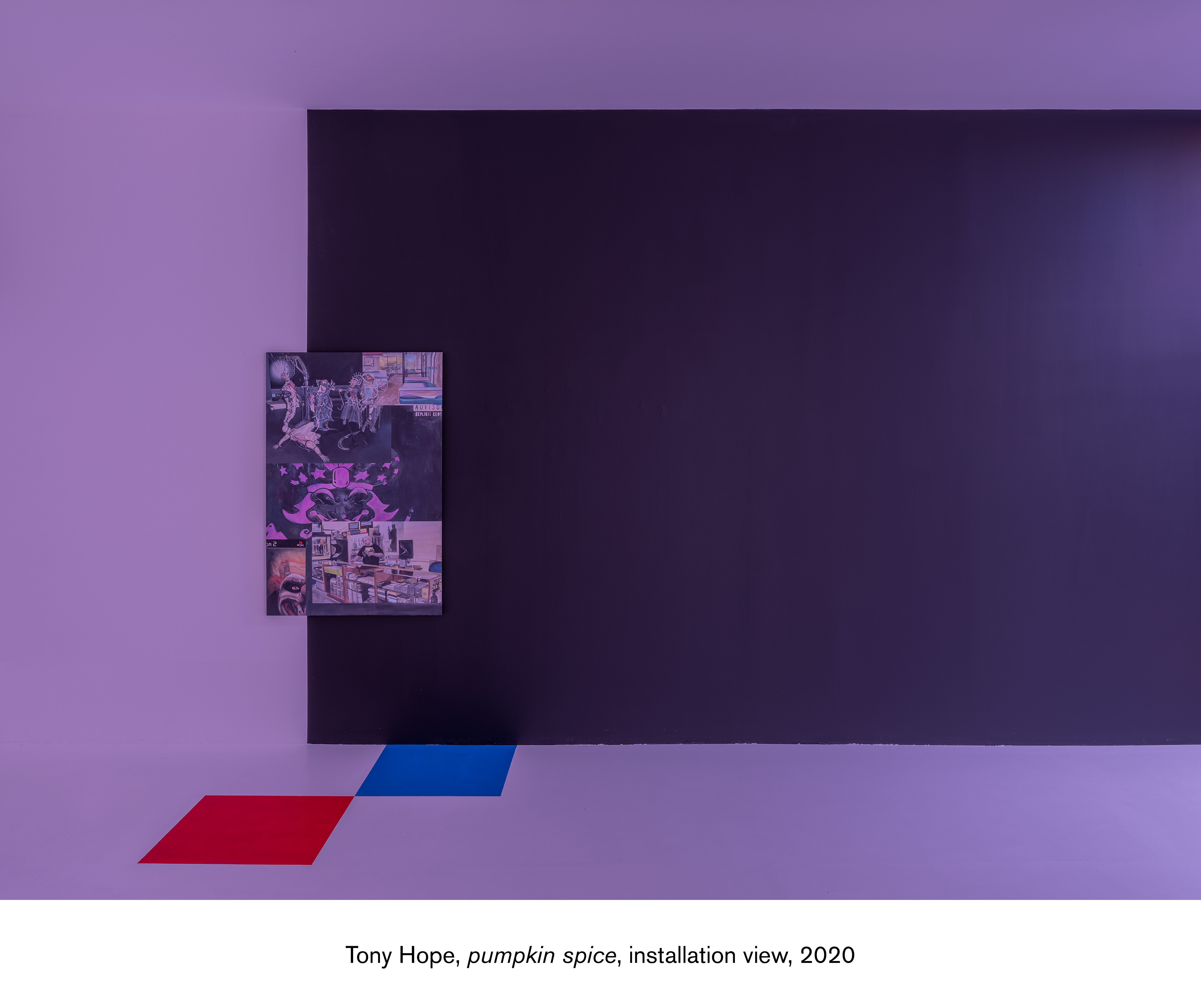
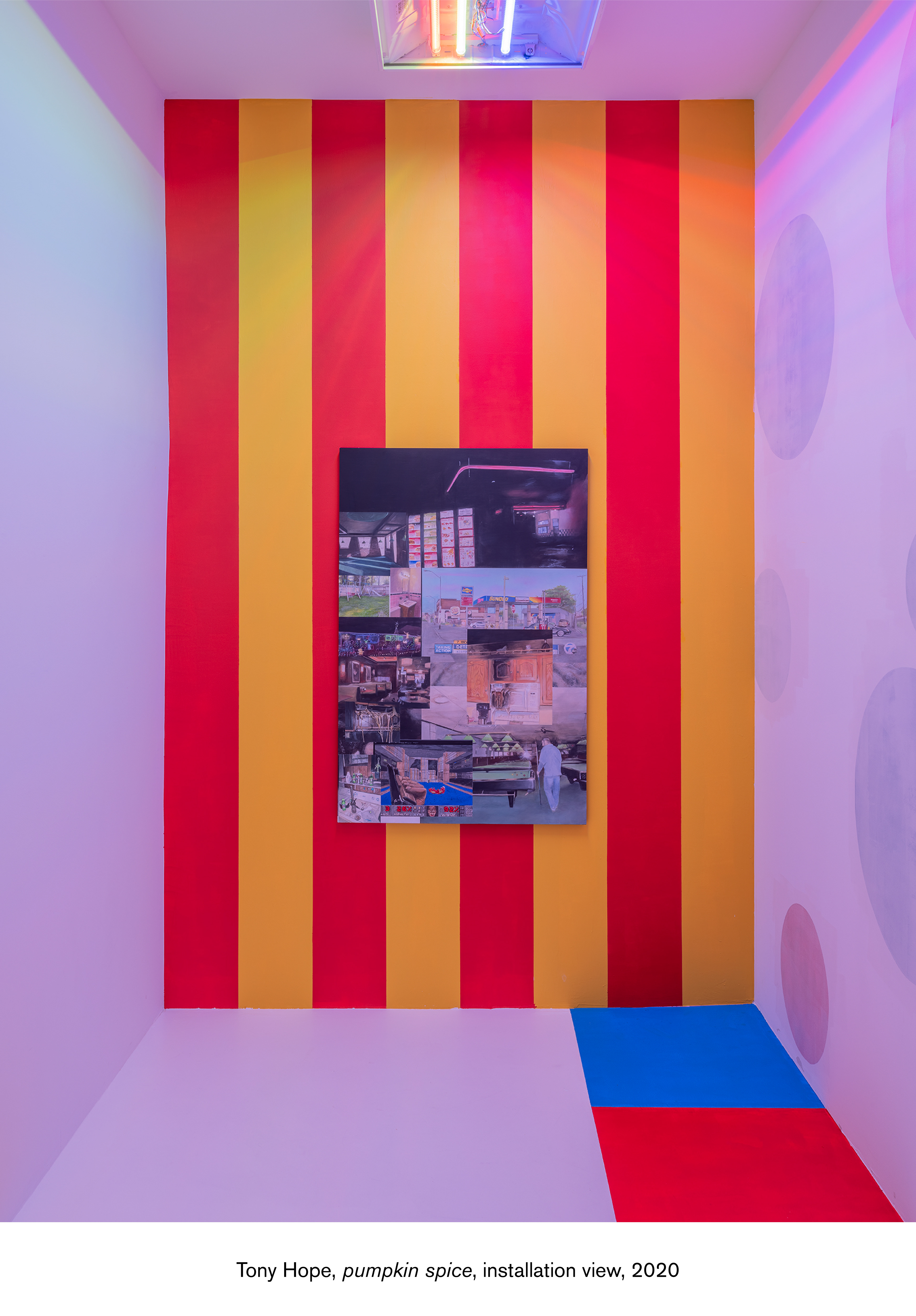
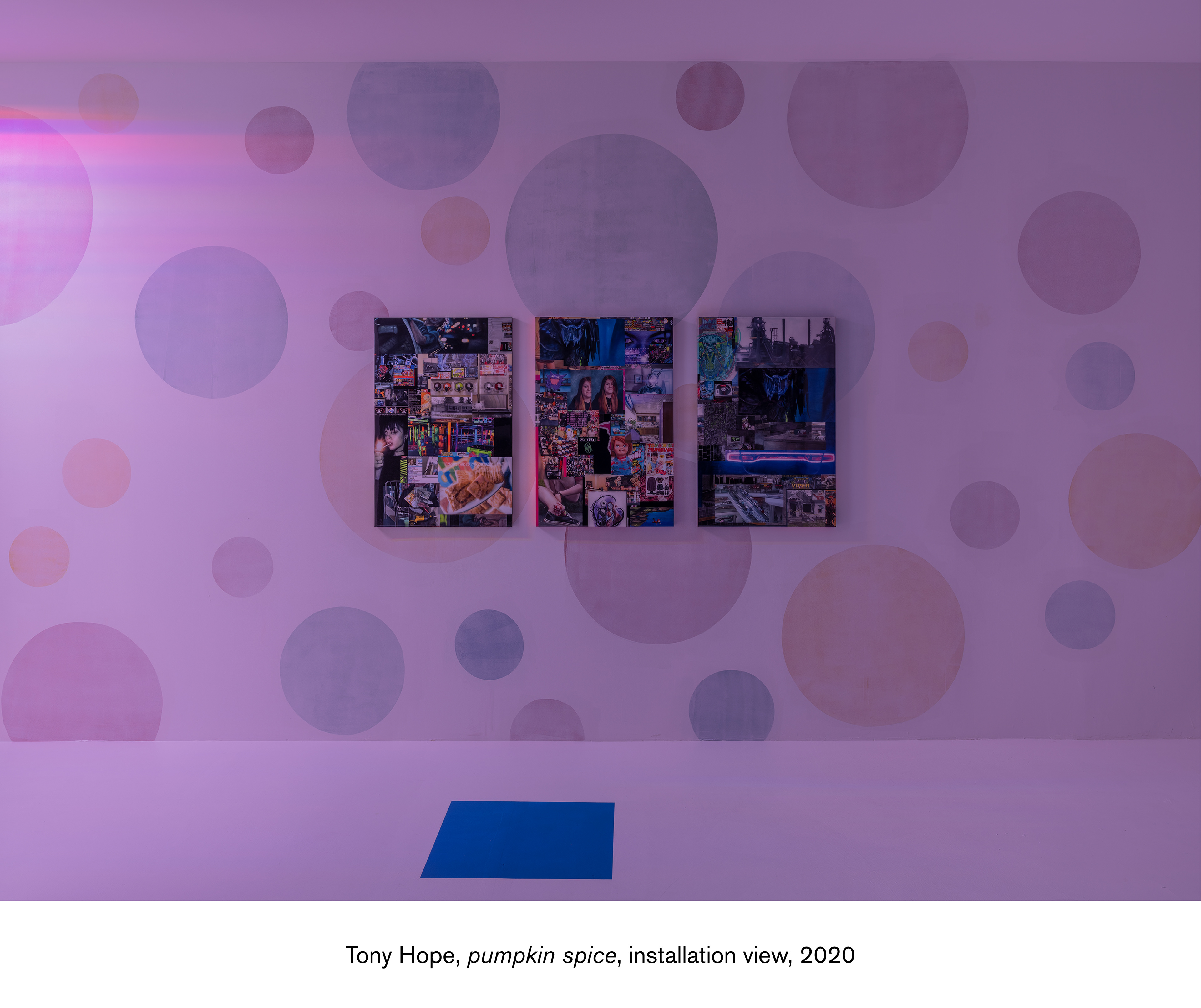
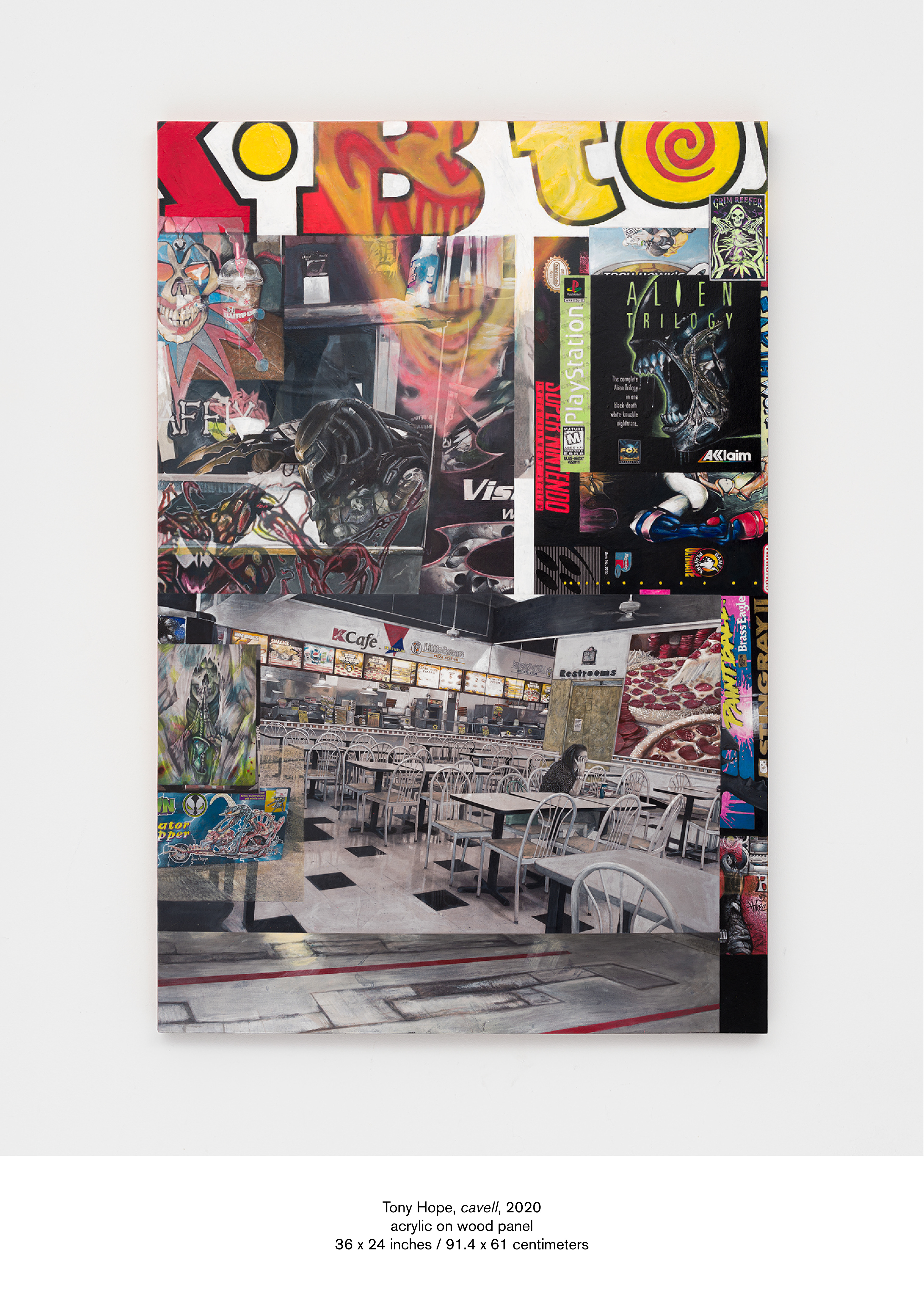
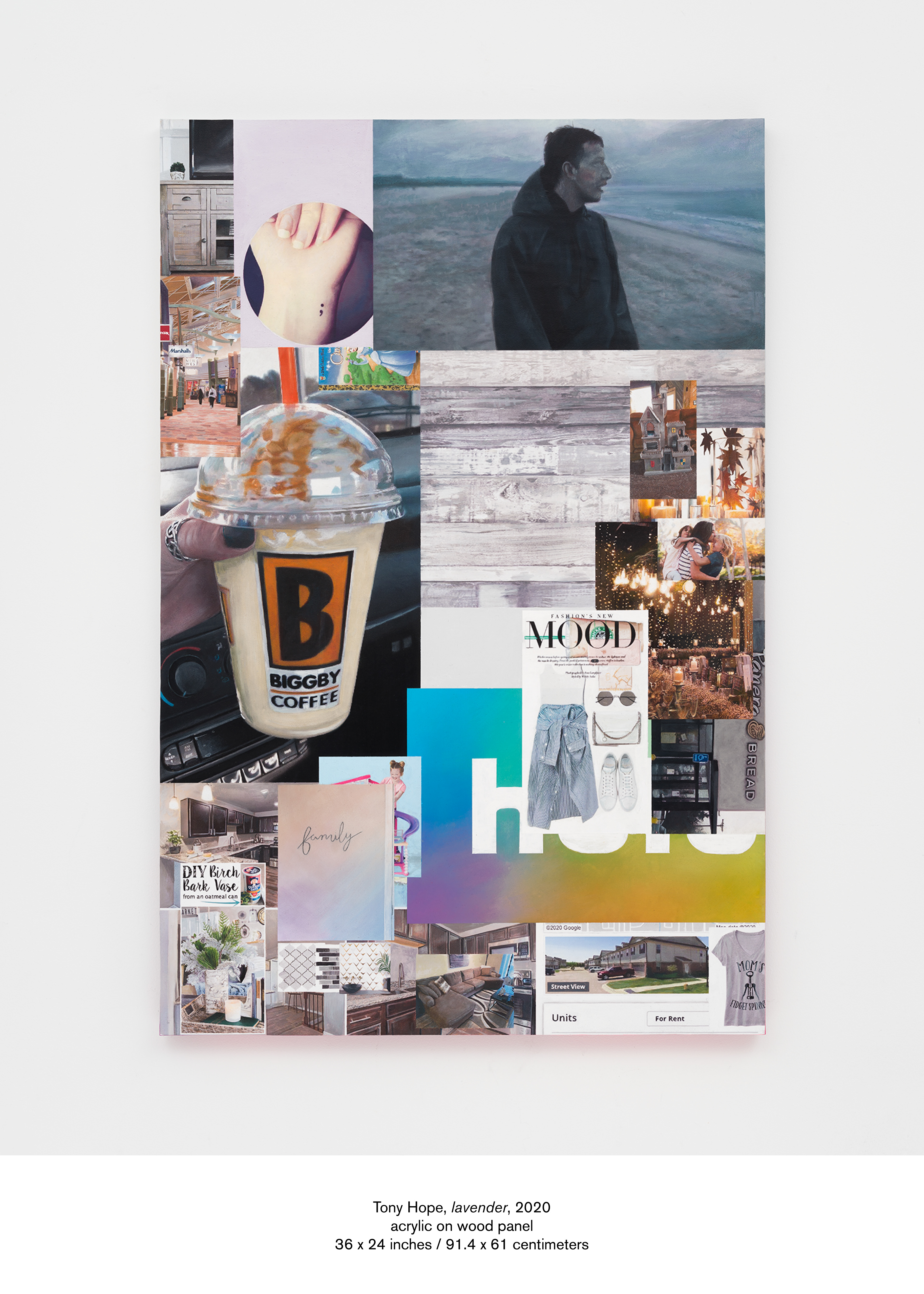
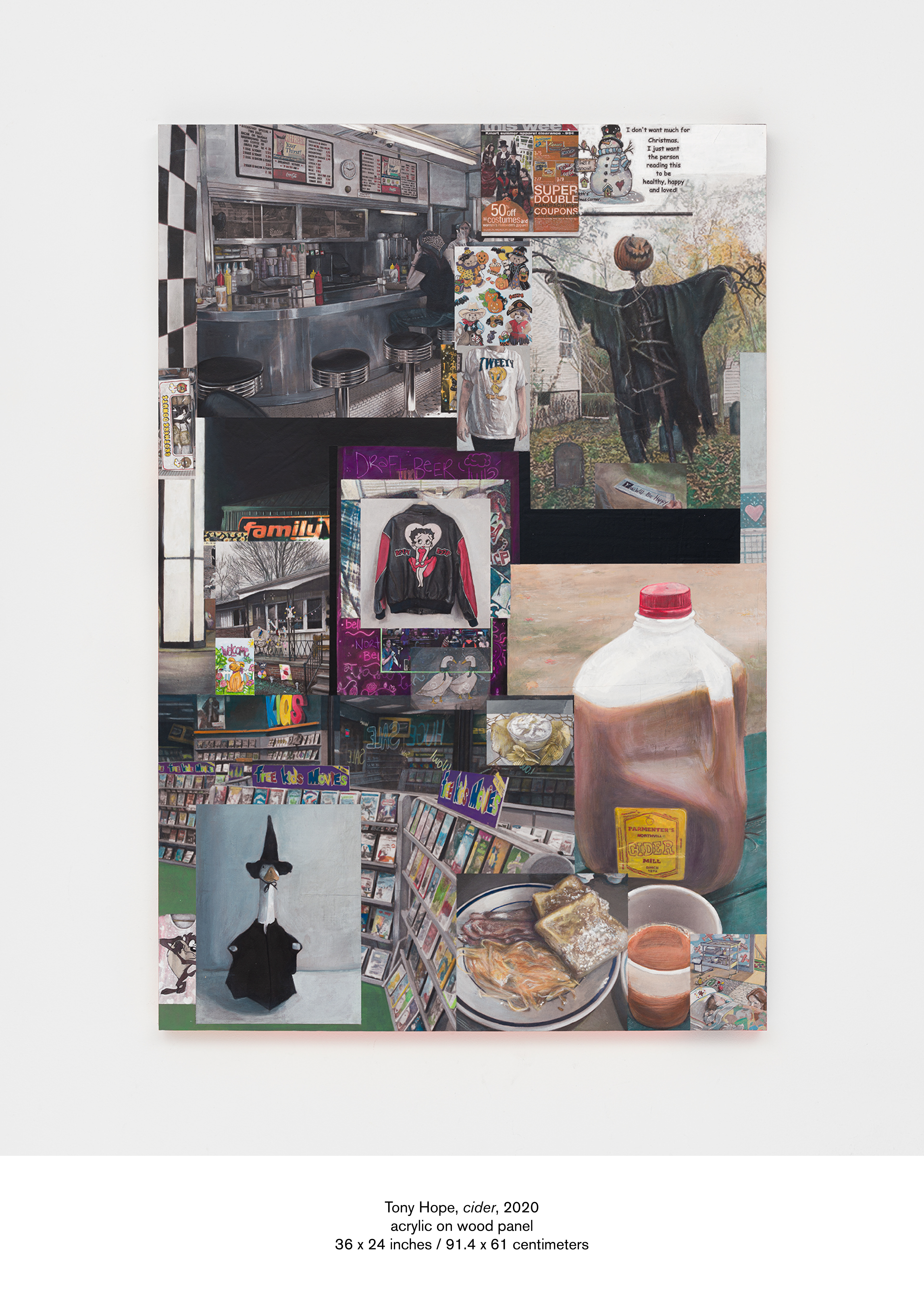
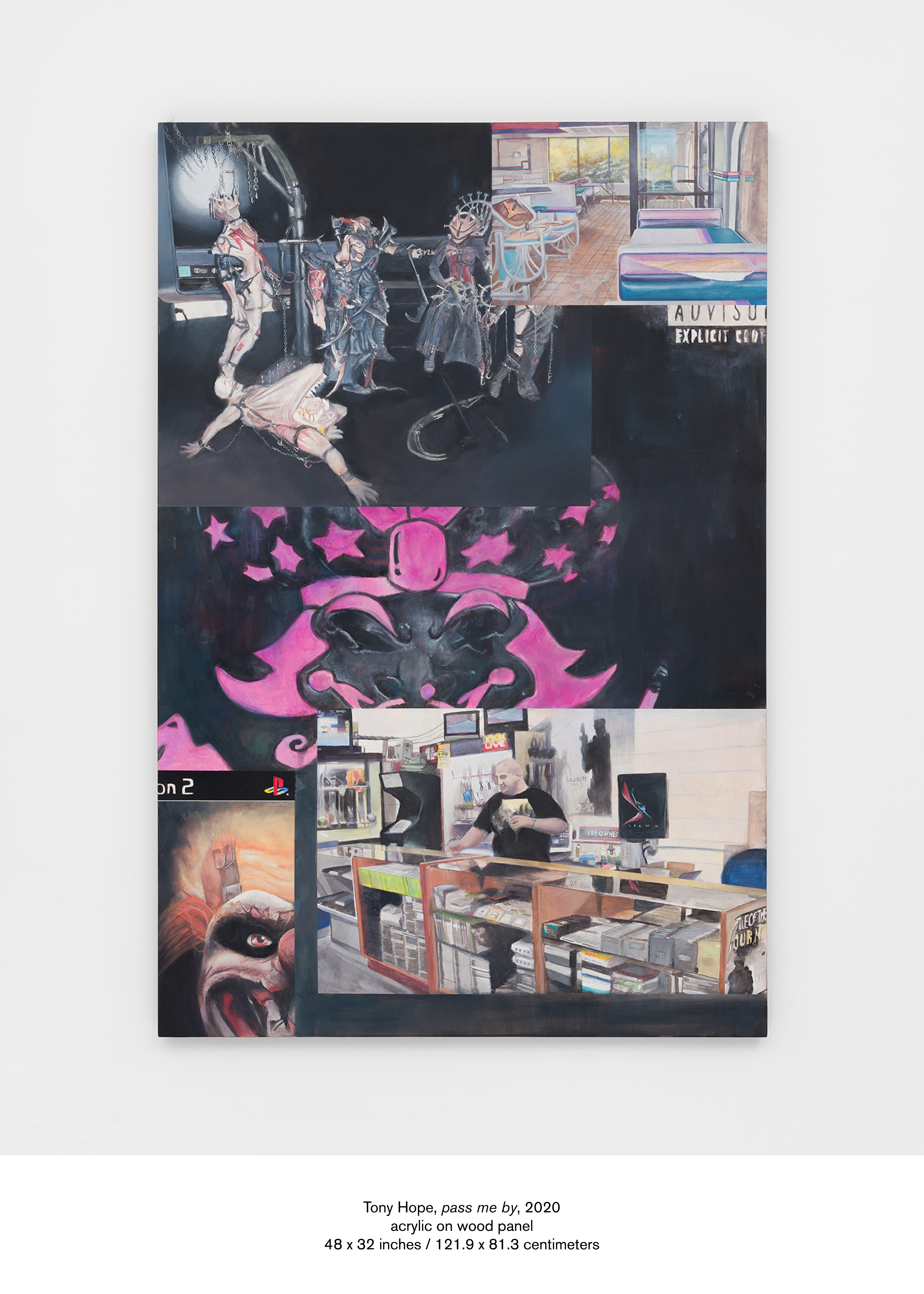
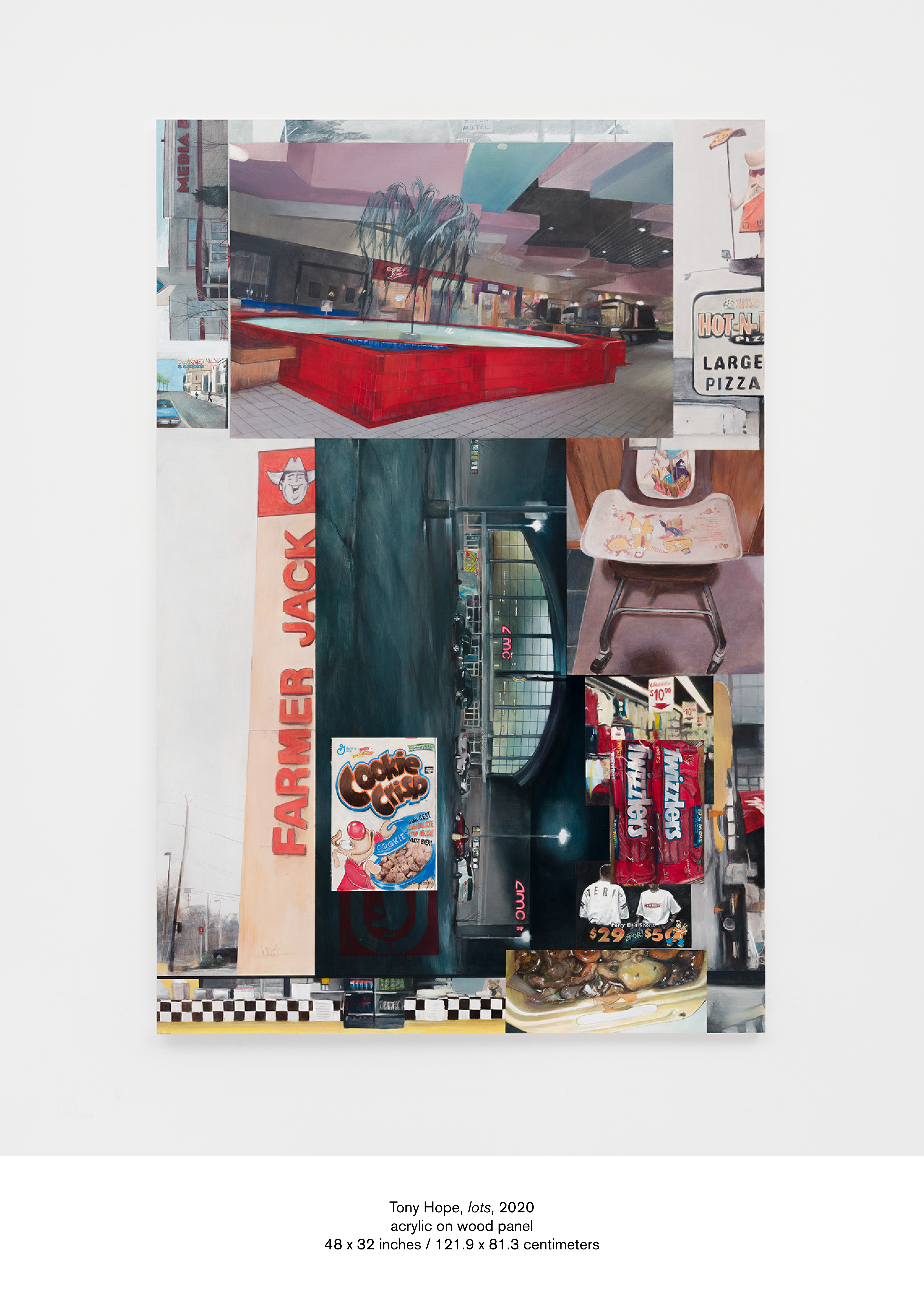
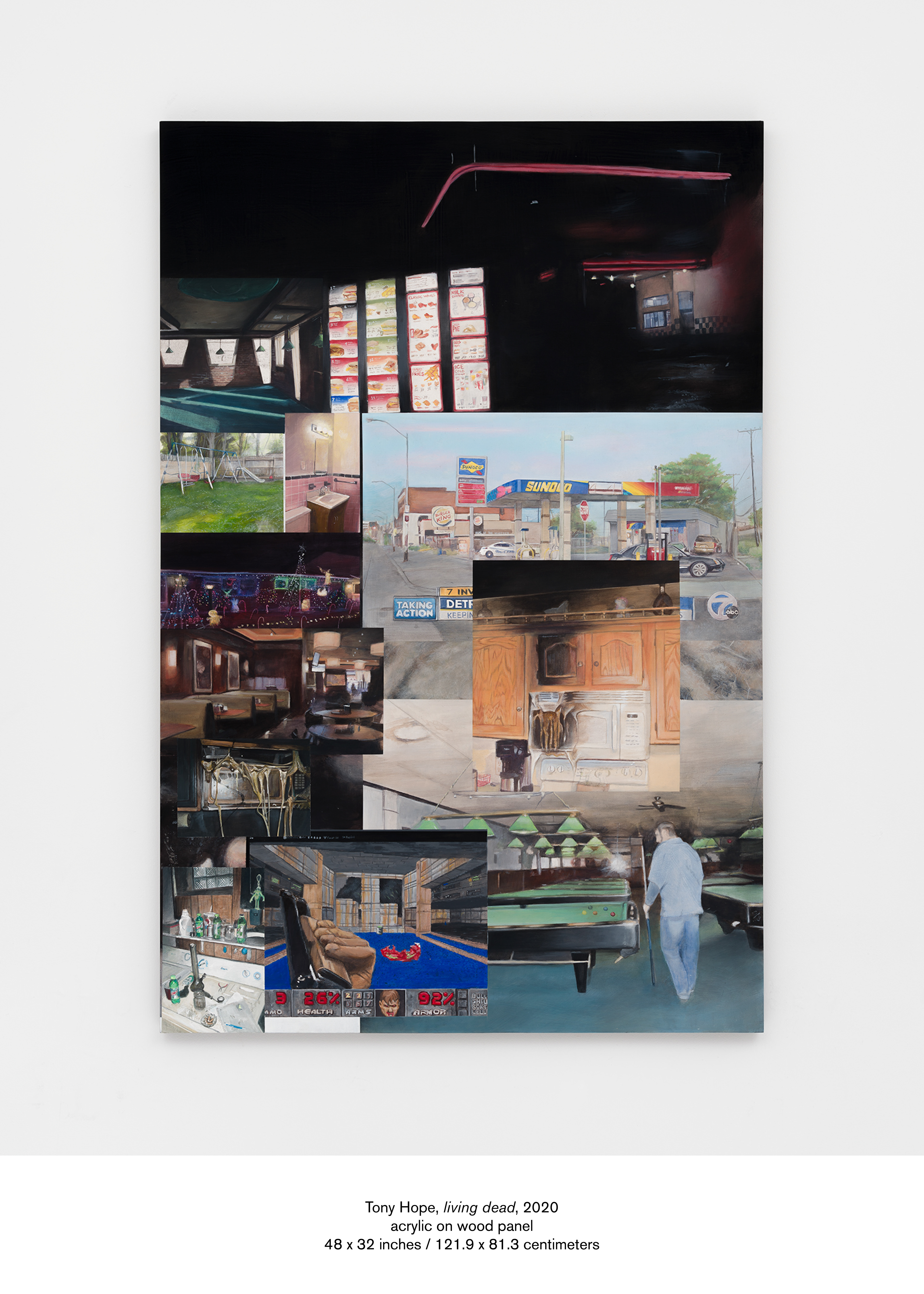
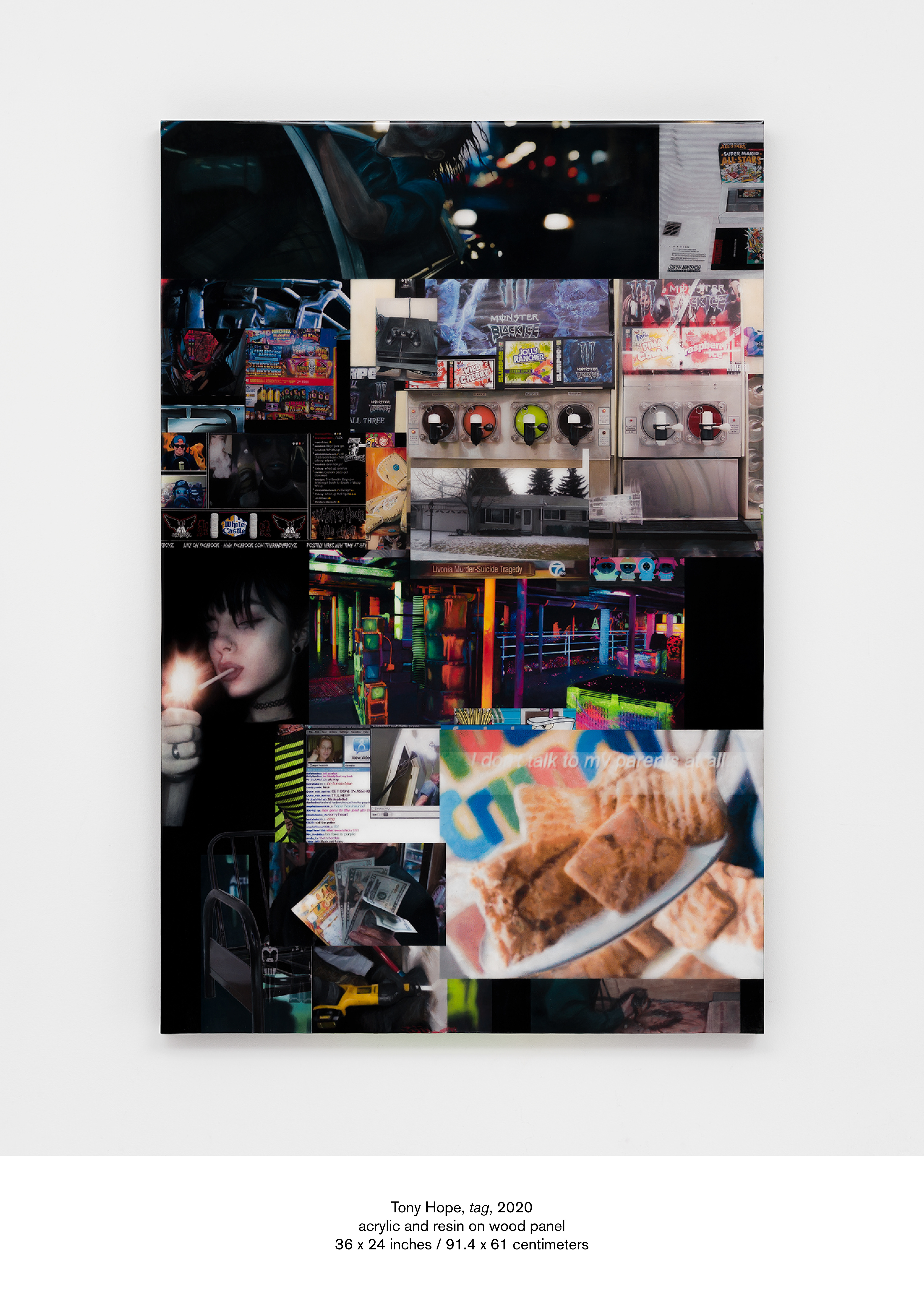
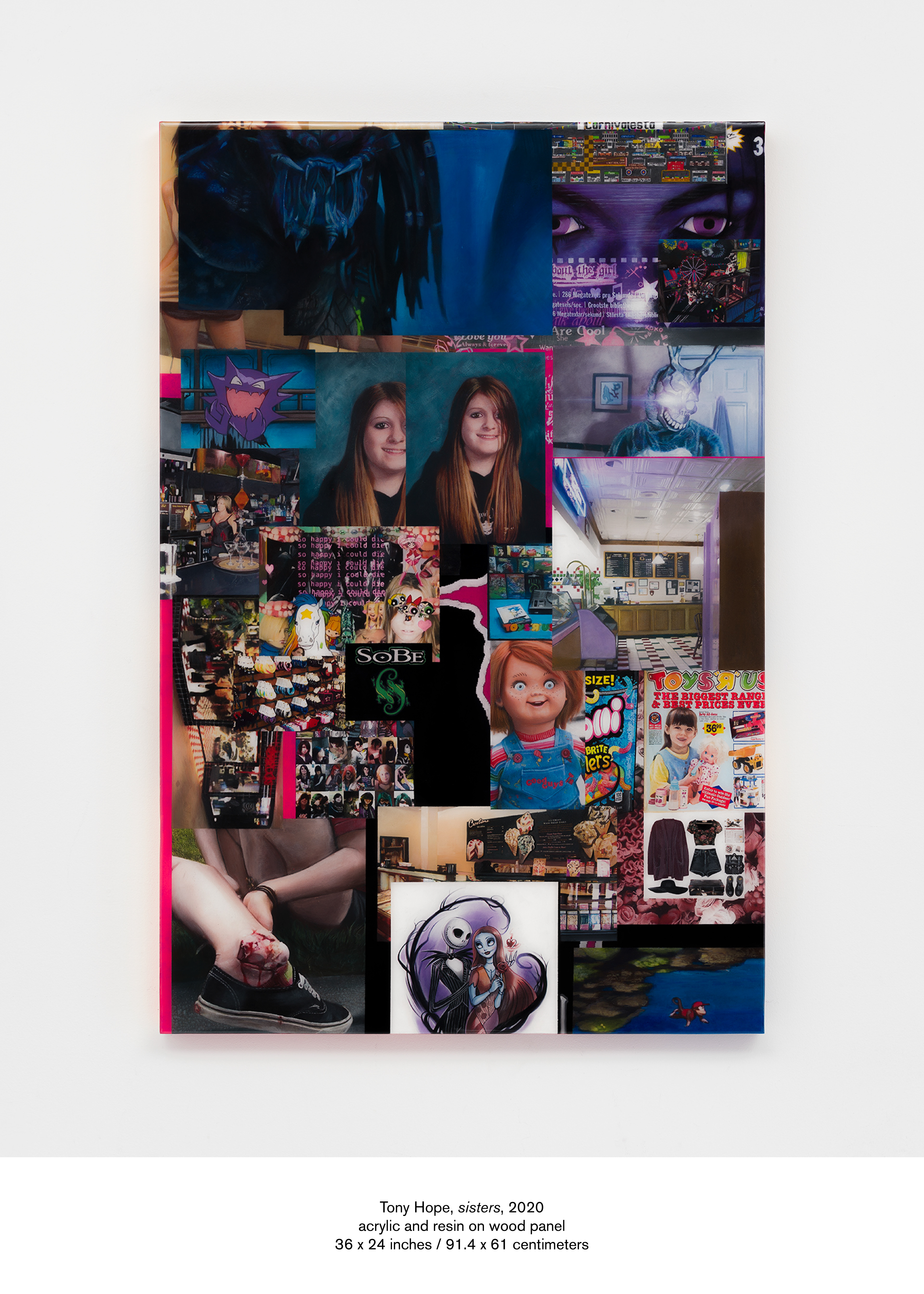
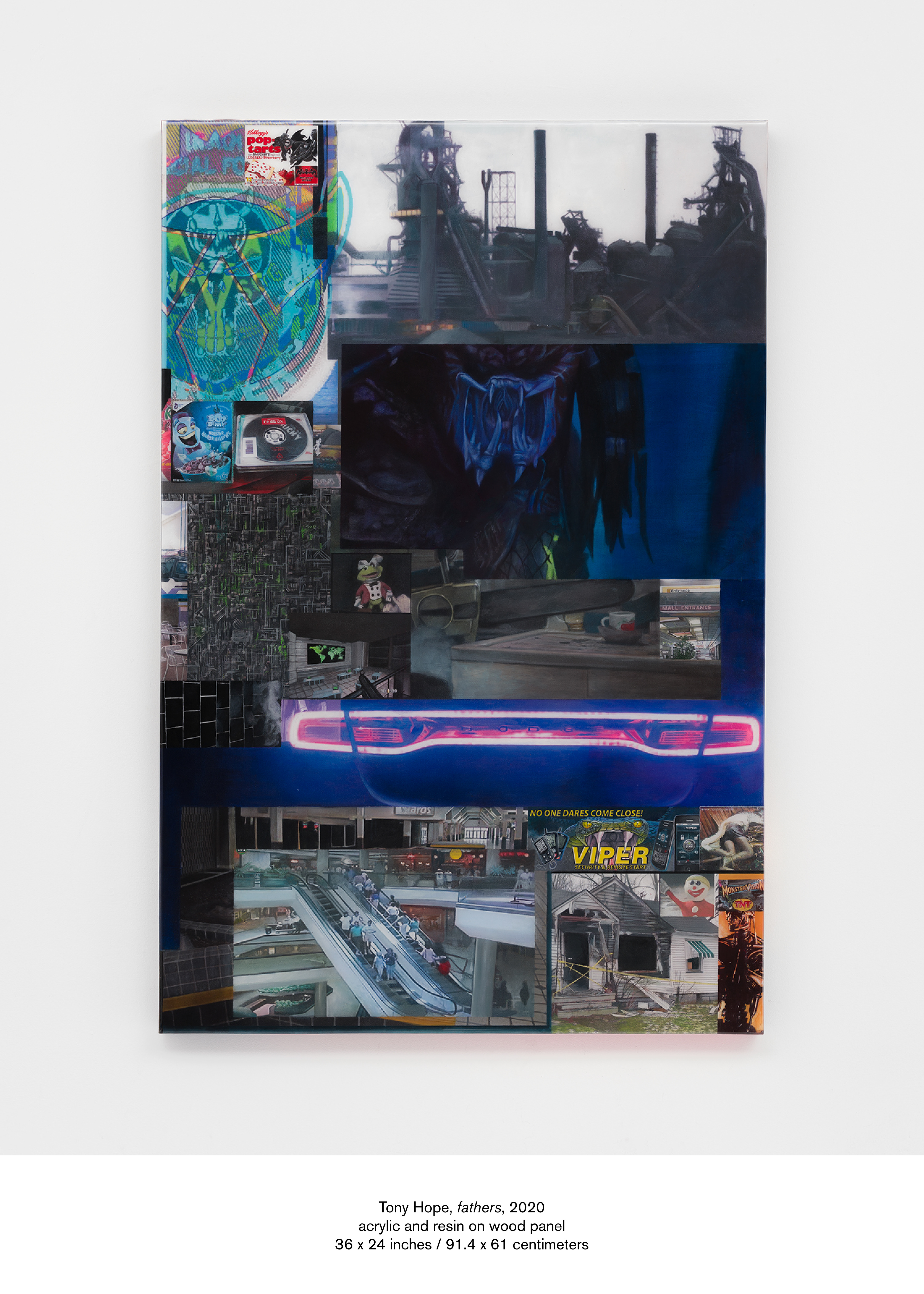
ASHES/ASHES is pleased to present pumpkin spice, Tony Hope’s third solo exhibition with the gallery. The exhibition will be on view September 11 – October 25, 2020 with an opening on Friday, September 11th from 4–8pm.
Memory, when distorted, can be considered like art: as a membrane on top of reality that acts as a better resource for understanding the world itself.
One of the problems with memory is that it is at one time only possible through real experience and at the same time entirely imaginary. Said with different words: between the moment our minds deal with the initial sensory impressions from items of apprehension and the secondary synthesis of these impressions as then apprehended, there lies a crucial process of reproduction in the imagination. This gives rise to a possible mistrust that memory, as experienced by imagination, is at all an accurate reproduction. However, this would only be worrisome if we are to assume there is any value in accuracy, and so resign ourselves to a belief that all reproductions operate under an inherent lack. An inaccurate memory is, for psychoanalysts, often the symptom of trauma. A memory that is too traumatic is usually identified by a trivial substitution our brains perform in order to shelter us from its potentially painful recollection, and this substitution can be striking in its triviality.
A reproduction is, simply, a copy. It is identical to its original in all properties save for the necessary fact that a copy, essentially, cannot be identified as its original. Historically, originality (or individuality) is the concept from which value is derived as scarcity. Reproductions of something thought to be unique compromise that scarcity, and so by determining how a reproduction is inaccurate, we can determine whether or not something is a forgery. Counterfeits lack a certain aura, it is said.
Now, there is a so-called common desire in us to get closer to our experiences; that too much time is spent mediated by the reproduction of events on screens. What is usually called late capitalism, but in the spirit of accuracy might just be called the latest capitalism, produces a lot of experiences entirely on screens. It also produces a lot of traumas. These traumas are very much usually experienced on those screens. Art, under present conditions, is no different. It is unsettling seeing all these horrid images, artistic or not, slide smoothly before our eyes and into our heads.
Substitutions, reproductions, screens, traumas: these are all appropriate segueways into the paintings of Tony Hope. These paintings are reproductions of images depicting the photographs of experiences once had by Hope. They are also reproductions of images standing in as substitutes for what Hope remembers to be an experience. They are painful and banal representations of what look very much like painful and banal moments. By pressing ourselves up as close as we can to these screens we might believe there is a possible recuperation of that original and formative memory. This, however, is a misunderstanding of how trauma itself comes to form memory.
In an attempt to repress the memory of how-it-was, the subconscious scrambles to reproduce a new memory out of the available resources. But here this memory-material is already riddled with trauma, flattened out onto another mechanically produced facsimile (another Spencer's, another Alien vs. Predator). Memory itself becomes only accessible within a twisted hall of mirrors of our own design; everything recollected is already trapped inside the screen, scrolling through the Tumblr feed of all our dead classmates.
In its cadaverous presence, the age in which there was a sunny disposition held for the future is still very much deflating all around us. However, to recall that time inevitably leads me to end up thinking about the smattering of media which characterized my life spent in the soon-to-be-ruin of North America’s shopping malls smeared across the Rust Belt. And so the fried scrapbook of images which seem to make up such memories themselves start to replace any attempt at my remembering what growing up in the Midwest was like otherwise.
– Ellis von Sternberg
Tony Hope (born 1989; Redford, MI) holds a BFA from College of Creative Studies (Detroit, MI) and an MFA in Sculpture from Yale School of Art (New Haven, CT). Recent exhibitions include: FOCUS GROUP I & II, von ammon co. (Washington D.C.); Dark Mode (2014–2019), ASHES/ASHES (New York, NY); Videobox x Bel Ami, Vestiaire 9, Le Carreau du Temple (Paris, FR); IRIS, ASHES/ASHES (New York, NY); BURNT, curated by Leo Fitzpatrick, Marlborough Contemporary (New York, NY); James Mason, ASHES/ASHES (New York, NY); 𝑓 / Ω, ASHES/ASHES at Chicken Coop Contemporary (Portland, OR); HIDE, Good Weather (North Little Rock, AK); LILAC, Jessica Silverman Gallery (San Francisco, CA); TH+, ASHES/ASHES (Los Angeles, CA); Anxiety Social Club, ASHES/ASHES (Los Angeles, CA). The artist lives and works in suburban Detroit, MI.
